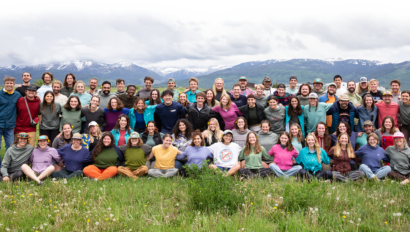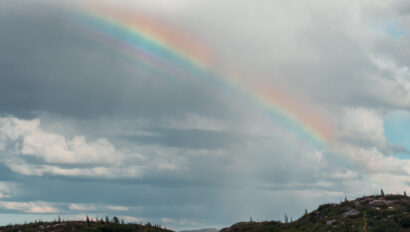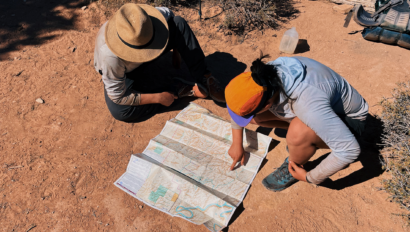
Master The Steeps
You love the mountains, but your legs don’t. Here’s how to fix four common problems caused by high-angle hiking.
As an instructor for Exum Mountain Guides, Brian Prax helps clients conquer the rugged terrain of Wyoming’s Teton and Wind River mountains. As a practicing physical therapist, he treats joints and muscles when the combination of steep trails and heavy packs does the conquering. To stay on the trail (and off a PT’s table), follow Prax’s expert wilderness adventuring advice.
GOING UP: Stingiging Knees
Trauma
Climbing steep trails puts excessive force on the spot where the underside of your kneecap rubs against your femur (the patellofemoral
joint), causing pain that can become chronic.
Treatment
Rest is best. Otherwise, take smaller steps, pop ibuprofen, and apply a cold pack to your kneecap when you get to camp.
Burning Calves
Trauma
Your Achilles tendon connects your heel to your calf muscle, providing essential power for ascending. But too many of these raises can irritate the tendon, causing calf pain that worsens with each step.
Treatment
Stretching helps: Stand facing a tree and brace the ball of your foot against the trunk. With legs straight, lean toward the tree to extend and stretch the calf. Hold each side for two to three minutes.
GOING DOWN: Bruising Ankles
Trauma
Rolling your ankle too far inward with each step—called overpronating—
passes the impact (and resulting pain) of downhill hiking up to the ankle, knee, and hip. Detect overpronation by looking for excessive wearing of your shoes’ tread on the inside of the forefoot.
Treatment
On the trail: Descend with an even, rolling motion. Let your heel impact gently, and then roll your weight onto the outside of your foot before rocking inward and preparing for the next step down. At home: Buy an after-market insole with extra arch support.
Swollllen Joints
Trauma
Repetitive compression can cause internal swelling (effusion) in your hips, knees, and ankles. “It feels like a toothache inside your joint,” says Prax. Besides being painful, this reduces the ability of your joints’ stabilizing muscles to control your descents.
Treatment
Use trekking poles. A recent study found that leaning on poles while hauling a pack reduces compressive force on the knees and ankles by up to 25 percent.

